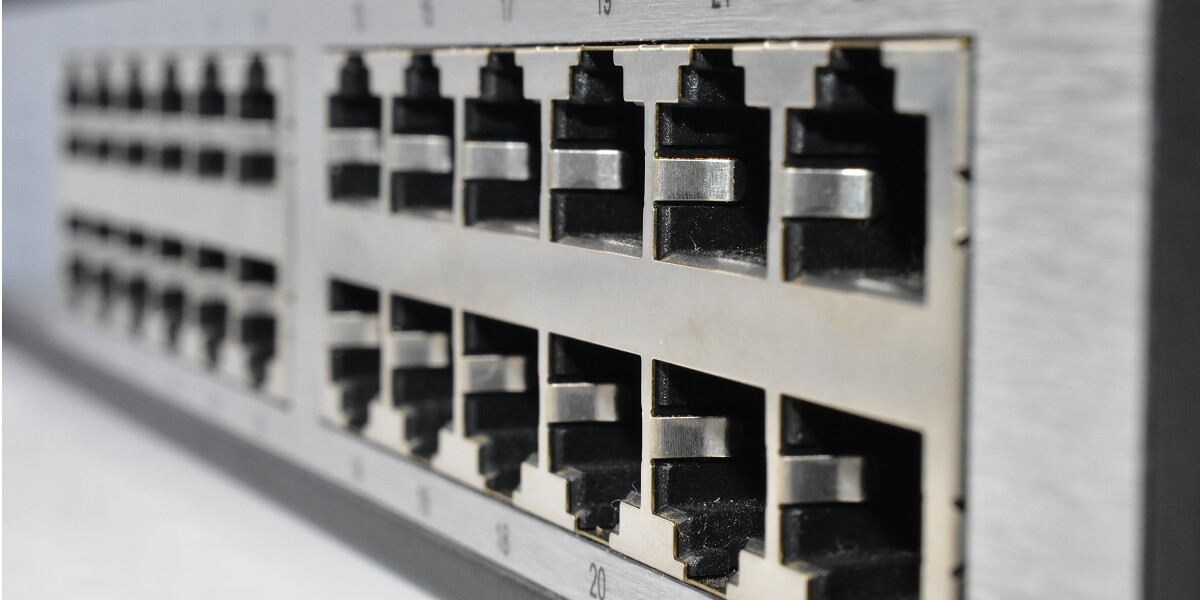Shopping for Cisco Meraki MS Switches
Cisco Meraki MS Network Switches provide Layer 2 switching that unifies devices. Meraki switches fit best in small businesses, branch offices, distributed enterprises, campuses, and other complex deployment settings. These gigabit switches include SFP+ uplinks on all models. At the high end, Meraki switches reach up to 800 Gbps of switching capacity. In other words, a Cisco Meraki MS Switch is an ideal fit for a wide range of situations.
Managed through a simple single-pane-of-glass interface, Cisco Meraki MS switches excel in the cloud. Extend greater visibility and control across the network. Because of these features, admins can easily track:
- User activity
- Security events
- Configuration changes
Cisco Meraki MS Switches are stackable. So SMBs can easily add future switches to meet business growth – perfect for scalability.

Why Cisco Meraki MS Switches?
Network switches connect all the devices your business uses. Whether they be VoIP phones, wireless APs, firewalls, SMA devices, or others, a switch acts at the central hub of traffic routing. Cisco Meraki MS Switches intelligently link devices across your network. As a result, admins can take control with:
- Role-based administration
- Fully cloud-based management
- Remote diagnostics tools
- Packet capture
- Automated downtime email alerts
Cisco Meraki MS switches let small businesses take advantage of enterprise-grade features without paying enterprise prices. In addition to traditional Ethernet features, MS switches include:
- MAC Whitelists & MAC Authentication Bypass (MAB)
- Dynamic ARP Inspection
- VLAN configuration settings for individual ports
- Traffic monitoring through port mirroring
And there’s more: deploying a Cisco Meraki MS switch is simple. Plug it in. That’s it.
With auto-provisioning, SMBs that lack IT talent can quickly deploy across multiple sites. That is to say, no messing around with command lines. No complex setup needed. Zero-touch deployment makes Meraki switches a plug-and-play experience.
Choosing a Cisco Meraki MS Switch
Finding a network switch can be a challenge if you’re not familiar with important tech specs and features. So here are a few key features to keep an eye out for:
Power Configuration
Cisco Meraki MS switches include a single power supply, with additional power supply units sold separately. Power supply configurations are hot-swappable, so you can say goodbye to downtime.
Switching Capacity
Switching capacity refers to the total amount of data that a network switch can handle. Vendors measure this in Gbps. If you’re getting a gig or more from your ISP, then you’ll want a network switch that can handle that traffic volume without losing the speed you paid for.
Interfaces
The whole point of a network switch is to act as a central hub. That means you’ll want a lot of ports and types of interfaces to meet the needs of your setup. Cisco Meraki MS switches come in:
- 8-port
- 16-port
- 24-port
- 48-port
Uplinks
Network switch uplinks are important for stacking. To clarify, uplinks allow two similar devices to directly connect. Whereas devices once required a crossover cable to “talk” back and forth, an uplink port allows your MS appliance to internally route communication between devices.
Still Have Questions about Network Switches?
To sum up, Cisco Meraki MS switches are great for SMBs and branches to centralize all their devices. Firewalls.com provides plain-language product knowledge to our customers. This ensures you make a wise security investment. Next, check out our other network switch tools to see if a Cisco Meraki switch is right for you.
Read our article “Five Things to Consider Before Buying a Network Switch“
Watch our Video Buyers Guide for Network Switches





